World Record for reaction powered control line speed models (CIAM record number F135) 293,3 km/h
A recent tidying up of records at CIAM left the outright speed record for a pulse jet powered CL speed model as a vacant record, the record had been previously been held by a Russian, the Russian record was quite unusual in that the pilot got the model airborne and then left the handle in the central pylon and he just crouched below the rotating wire and did not actually fly the model for the bulk of the flight. At some point CIAM decided that the pilot must be in control of the model for the whole flight and hence the old record was retired.
Barton club members Ken Morrissey and Dick Hart have had their eyes on this vacant record for the last couple of years, neither Ken nor Dick are strangers to CL speed record claims with large and heavy types of models, Ken still being the out right World record holder for 10cc CL speed at circa 215mph and Dick holding the UK Fast jet record at 212mph.
At this stage we should explain some differences between a model that is eligible for an FAI speed record claim and one that is eligible for a UK open speed record as there is quite a difference.
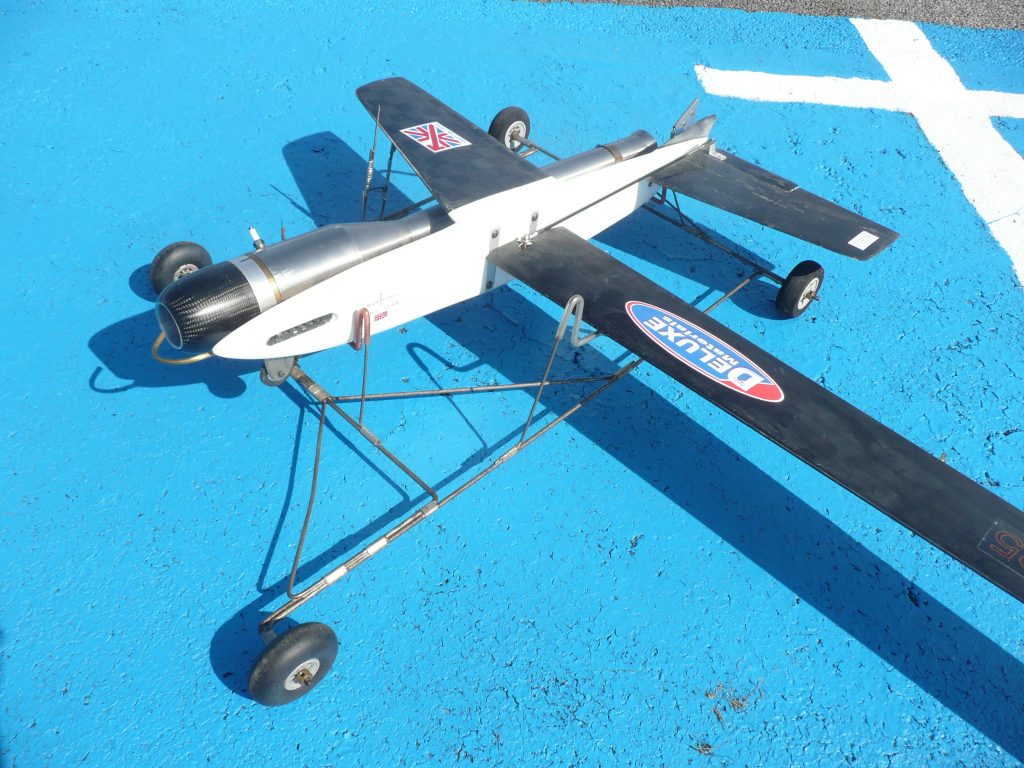
‘Big Bird’ on the take off dolly prior to the record flight.
The FAI/CIAM deem that a CL speed model should have a wing loading no higher than 100 grammes per Decimetre sq. , this defines a reasonable flying machine in their opinion. For UK Open speed there are no wing loading requirements. Fast Jet class models regularly fly in the Barton meetings and it is taken as a disappointment if they do not better 200 mph, so on the face of it placing a credible record claim would be no problem.
However the Fast Jet class models have a wing loading way over that permitted for an FAI/CIAM record claim, this pushed the Morrisey/Hart team down a design route to produce a model with the 100g/Dm sq loading, it should also be noted that this wing loading is a wet loading i.e. it includes a full fuel tank which in the case of the record breaking model was an additional 270 grammes such is the jets prodigious fuel consumption at full power.
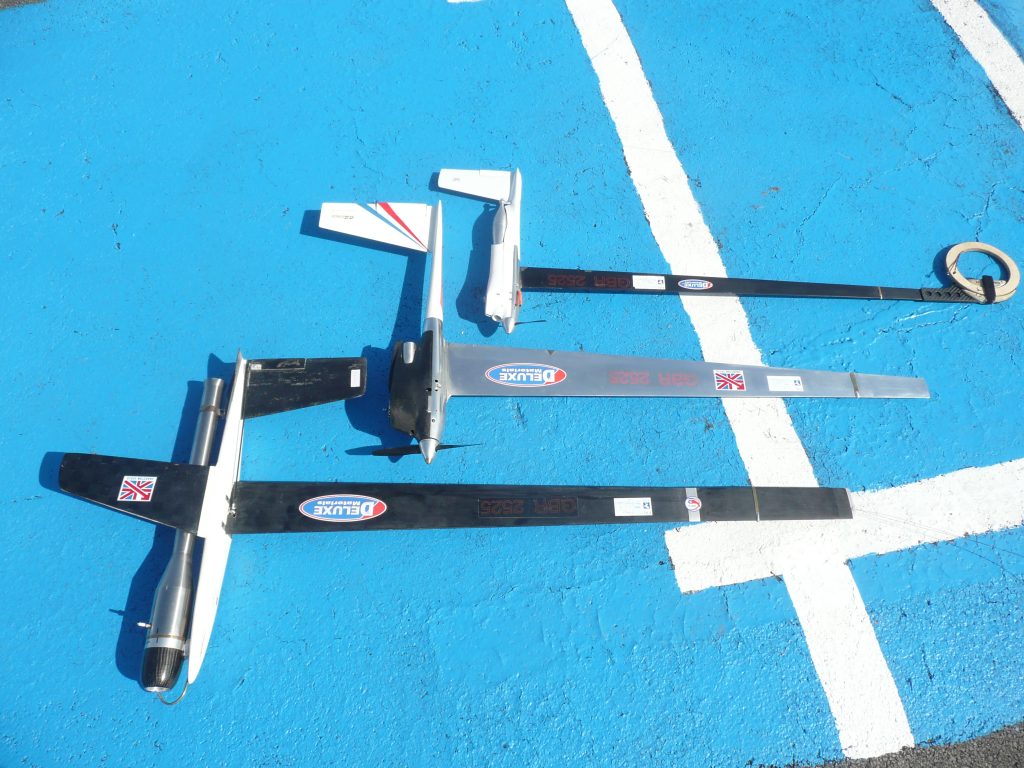
Three World record holding speed models, in the fore ground the Pulse Jet record holder, mid picture the 10cc record holder and at the rear of the shot the F2A World record holder.
The model design ended up as an asymmetric side winder with a carbon composite inner wing sheath and an inboard carbon covered tailplane, the fuselage was of a fairly deep style somewhat reminiscent of a Fast Jet model and with an outboard pocket housing the huge fuel tank.
Ken Morrissey favours a grouped two line control system over a monoline system for record attempt models, the clear advantage of a grouped line system is that if it is working correctly then it has the least drag, however great care is required in the preparation of the grouper system and the lines require careful handling and storage and finally on the downside of grouped lines they are susceptible to dragging on one another in higher humidity.
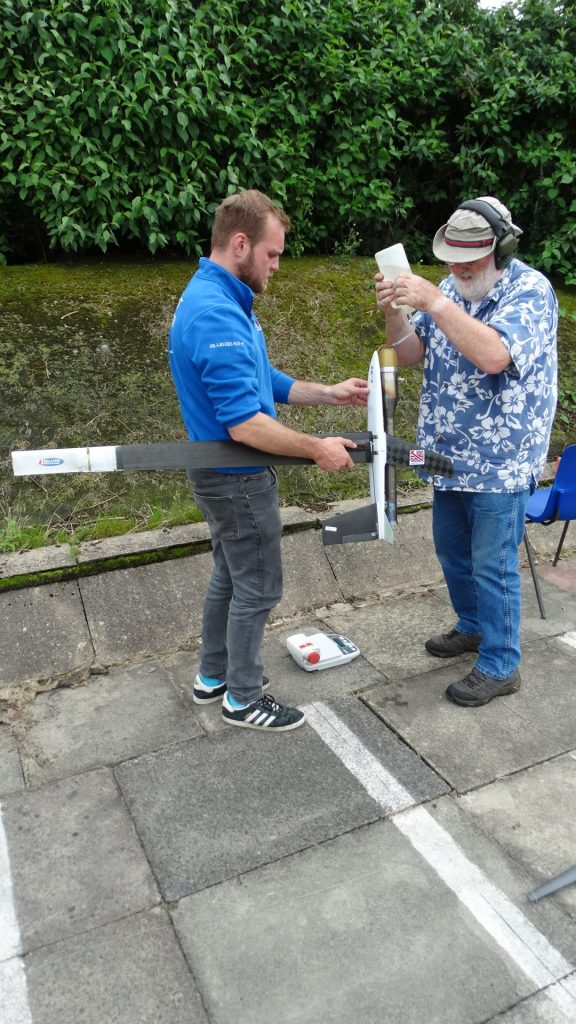
NAC observer Ollie Witt (left) witnessing fuelling of Big Bird by Dick Hart
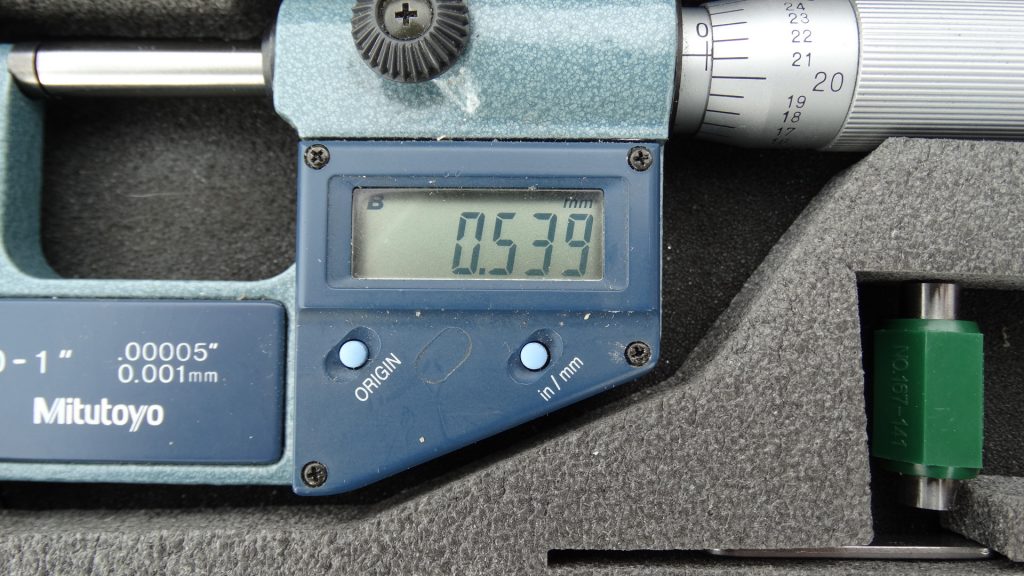
Micrometer reading of line diameter
The record model is nick named ‘Big Bird’ due to it’s substantial size in comparison with an Open Class pulse jet speed model. Construction and craftsmanship is of the typically neat Ken Morrissey style. Where appropriate materials and adhesives manufactured by DeLuxe Materials are used.
The pulse jet used on ‘Big Bird’ is a PCPJ Fast Jet which has it’s origins and DNA in the Earl Bailey pulse jets, Dick Hart bought the rights and IP to the engines a few years ago and markets them as PCPJ (Pacific Coast Pulse Jets) fuel used was 60% Nitromethane and 40% Propylene Oxide.
The model was test flown a couple of times on ungrouped lines, at this point the NAC‘s on site official spoke with Ken Morrissey that if the model flew high in the record claiming flights then the speeds wouldbe disallowed due to altitude marker infringements. The comments were well received by the Morrissey/Hart team and rigging adjustments were made to the airframe prior to flights on the grouped lines. The rigging adjustments worked and Ken Morrissey was able to hold the model at a satisfactory altitude for all of the record flights.
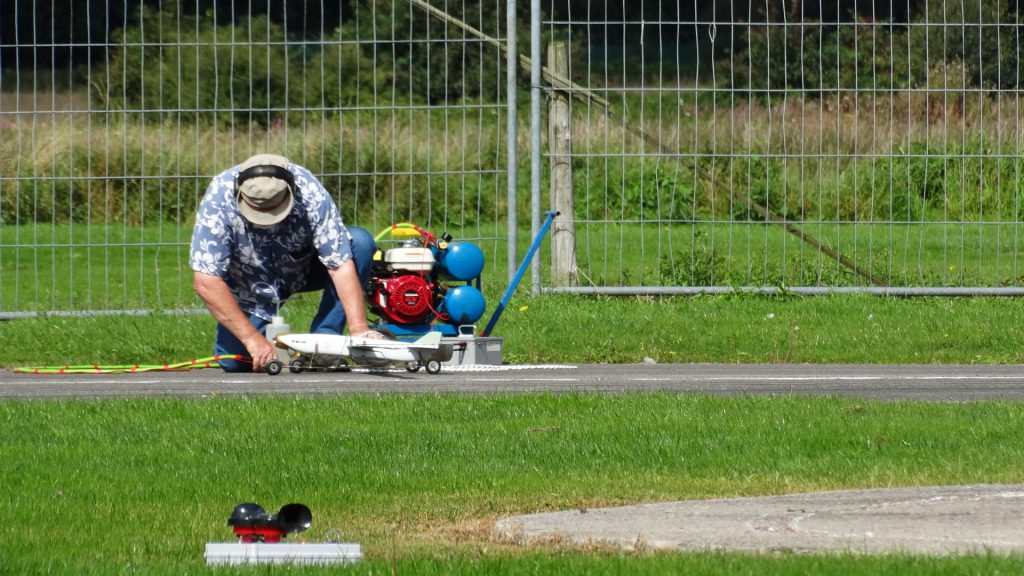
Dick Hart starting the PCPJ Fast Jet for the record flight.
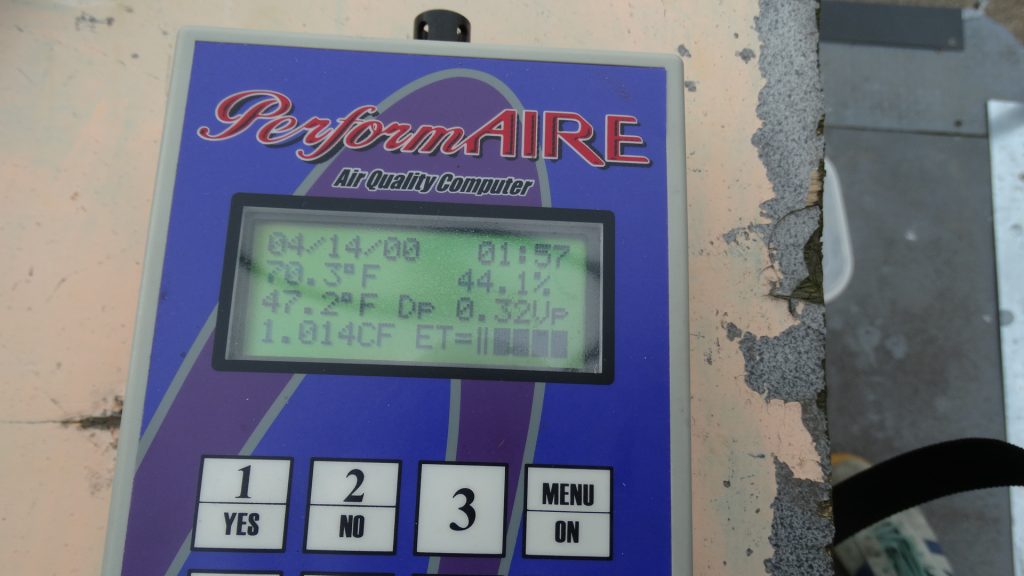
Weather data after record flight
Universally CL speed timing is now carried out by the excellent automated Transitrace system, this just requires one person to operate a simple laptop programme and then the system returns the complete flight recording.
There were in fact three record flights each one getting slightly faster as minor jetting adjustments were made to the pulse jet, the final flight was made at 4:15 PM under good weather conditions of 21 deg C, 44% humidity and an air pressure of 1017Mb with a wind speed between 0 and 8 Kph, so in summary a great record attempt and another UK record in control line speed
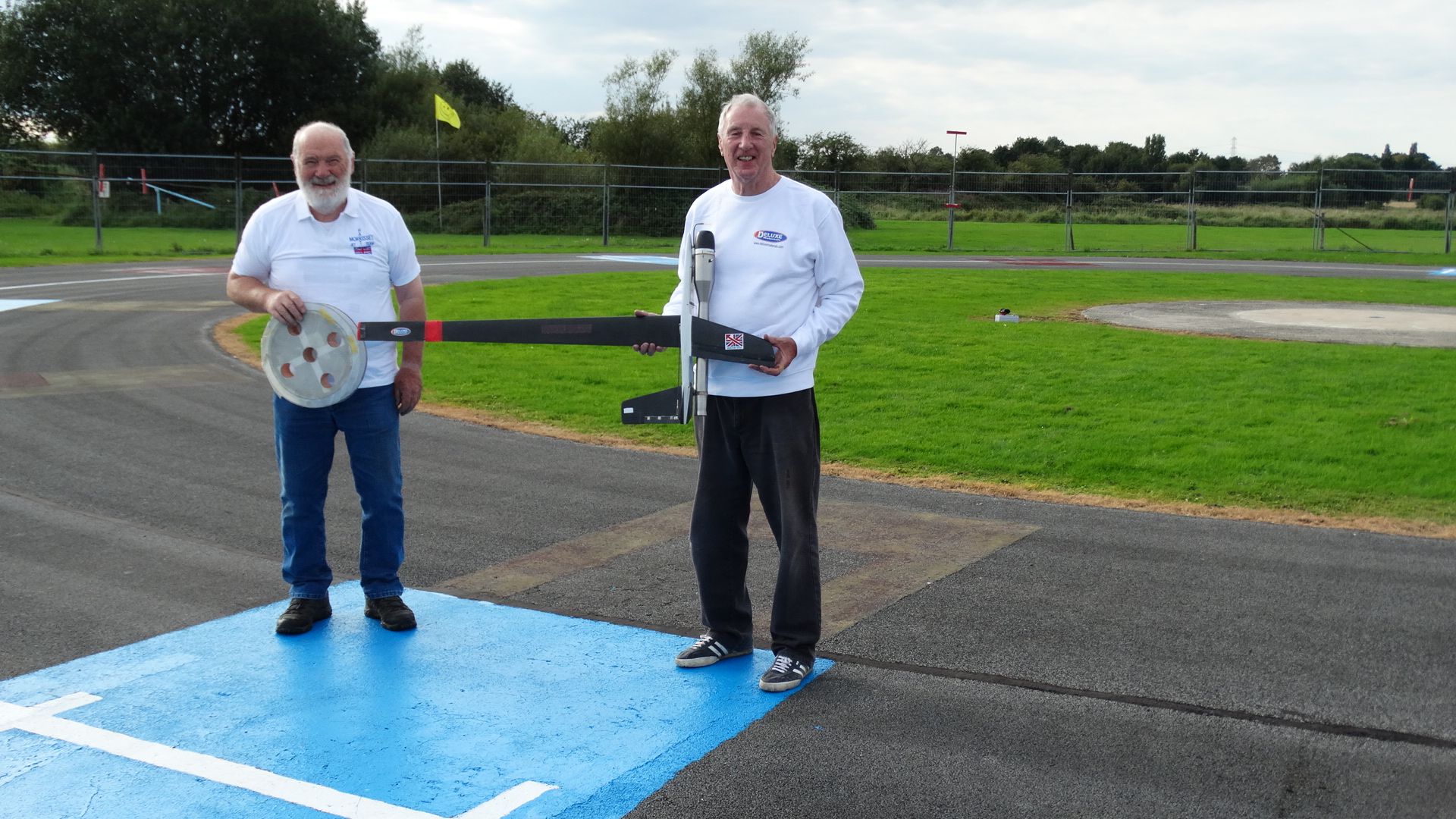
Dick Hart and Ken Morrisey pulse jet CL speed World record holders